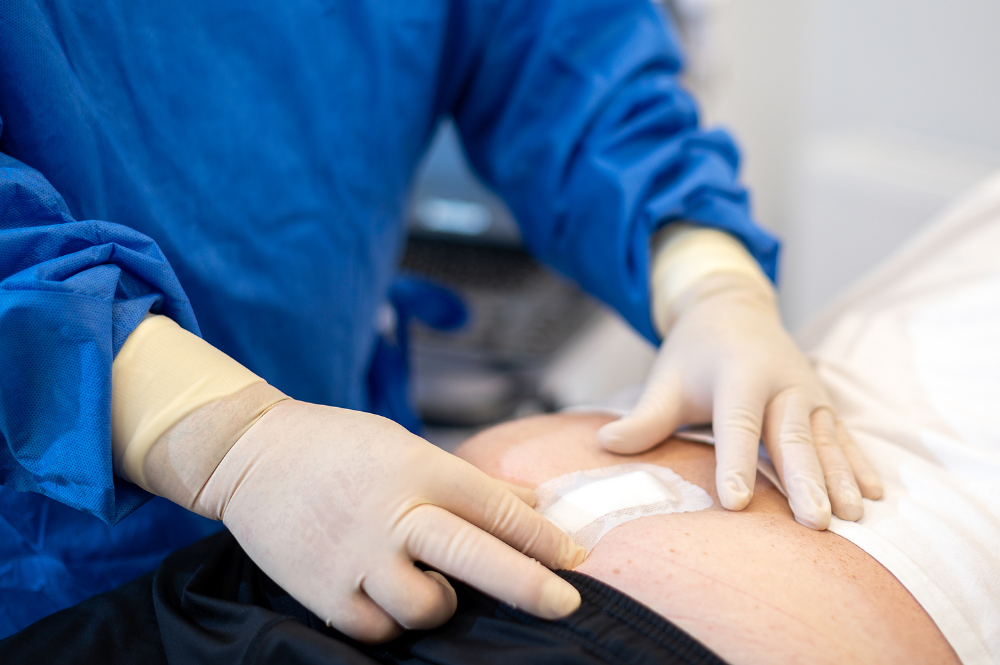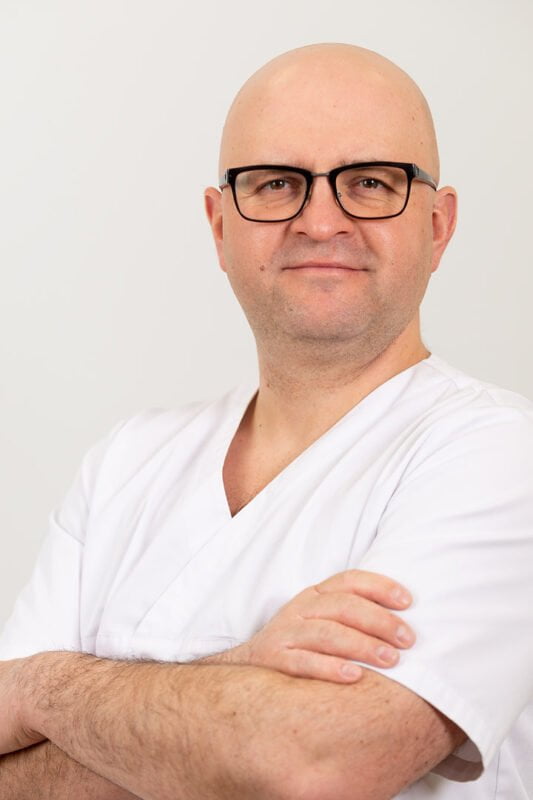Pilonidal cyst treatment



Pilonidal Clinic is the first medical center in Poland that offers comprehensive diagnostics and treatment of pilonidal cysts. We use atraumatic and effective surgical methods that allow for quick and full recovery.
Diagnosis and qualification for pilonidal cyst treatment
During the qualification visit, Dr. Norbert Zapotoczny assesses the lesion and establishes the final diagnosis based on the patient’s symptoms and the ultrasound. Then he discusses possible treatment methods with the patient. Each of the methods has its advantages and disadvantages, which is why discussing all the pros and cons with the patients is so important, since everyone may have different expectations and priorities regarding the treatment effects.
When planning pilonidal cyst treatment, we focus on three main objectives:
1. Wound healing
Wound healing should be as fast as possible and wound care should be easy and not require the help of nurses but merely some assistance of family members.
2. The quality of life
The quality of life after surgery should be high enough for the patient to be able to function relatively normally, sit down, take a shower, sleep in supine position, drive, walk, and perform work that does not require major physical effort.
3. The risk of recurrence
The risk of recurrence should be as low as possible.
The esthetic aspect
The esthetic aspect is also important – the postsurgical wound area and the shape of the buttocks should remain as close to natural as possible, the scar should be as little visible as can be, vast and wide scars should be avoided, especially those running across the intergluteal cleft.
Pilonidal cyst treatment methods
Bascom Cleft Lift
The Cleft Lift method (also known as Bascom II after its inventor) is a method that fulfills the medical goals of treatment to the largest extent, and additionally leaves a good esthetic effect. Directly after the surgery, the patient can get up and get dressed on their own, may sit down and walk. There is no reason for the patient to stay at the Clinic for longer; immediately after the procedure and after receiving further guidelines, the patient may leave the Clinic and return home. Additionally, the Cleft Lift method can be used practically at any stage of the condition, from mild lesions in the subcutaneous tissue to the vast and open wounds and deformations with scars after previous failed surgeries. The modification of this method by Dr. Immerman allows for successful closure of wounds to the very edge of the rectum.
SiLaT – Sinus Laser Therapy
Sinus Laser Therapy (SiLaT) is a little invasive surgical technique involving the cleaning of the cyst wound to remove bacteria, hair, puss, and granulation tissue, which allows for tissue healing and, as a result, cyst cavity atresia. A big advantage of this method is the reduced expansiveness of the procedure, which is limited only to the cyst cavity and results in small, relatively easily healing wounds, that usually heal within 4 to 6 weeks. Due to the limited invasiveness the cosmetic effect is very good – the buttocks remain practically unchanged.









